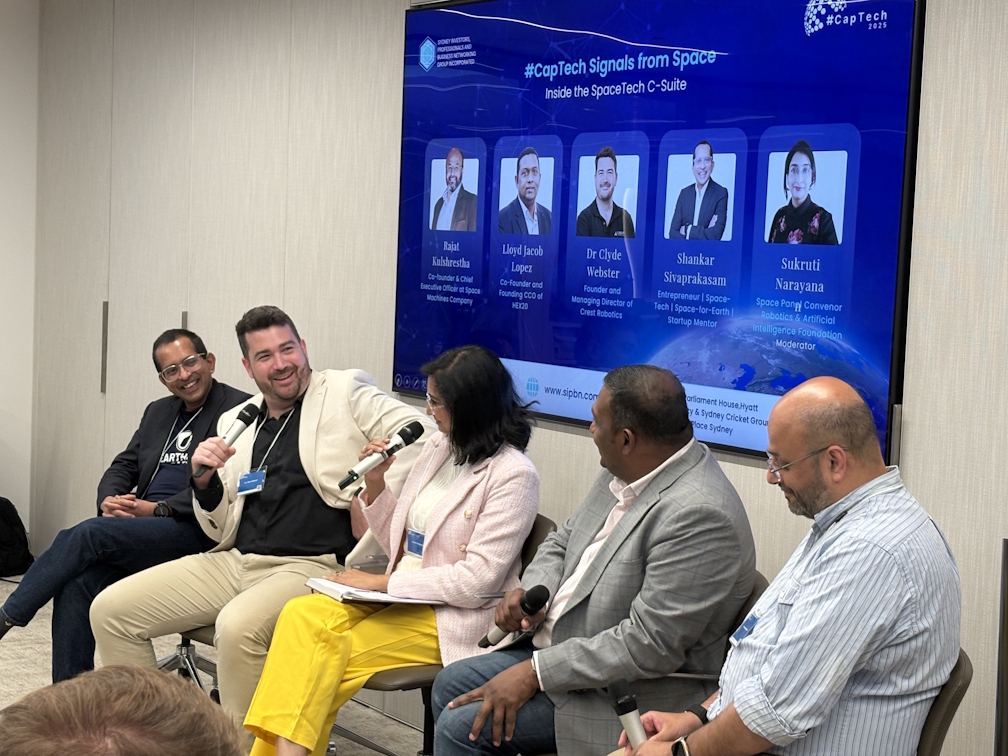Different day, same problems? Why it’s a bad idea to rush into solutions for tricky work issues
- Written by Poornika Ananth, Assistant Professor in Strategy and Organisations, School of Management, University of Bath

Regardless of how you spent the final days of summer, the return to work can mean coming face to face once again with any sticky problems you pushed aside previously. Now though, they’re looming and demanding fresh solutions.
This may be a good time to try something different. Whatever the nature of the problems that come with your job – production or staffing issues, a difficult product launch or disgruntled customers – instead of focusing all your efforts on coming up with solutions, it may be helpful to spend some time understanding the problems better.
As Albert Einstein is quoted as saying: “If I had an hour to solve a problem, I’d spend 55 minutes thinking about the problem and five minutes thinking about solutions.” But why is it so important not to simply jump to quick solutions?
Similarly, scholars who have studied problem-solving have found[1] that workplace problems can be complex and ill-defined, and their underlying causes can be difficult to determine at first glance. In these circumstances, the solutions we develop are based on surface-level understanding or assumptions. As such, they may do little to address the true problem – and could even create new issues further down the line.
For instance, if you are struggling with a tricky product launch, it might look like the issue is a flaw in the item. But in reality the problem could be weak distribution or poor marketing reach. Clearly, focusing on the product design in this case is unlikely to resolve the issue.
To get through this, it is important to develop a more thorough understanding[2] of the problem. This is known in management studies as a “problem representation” – that is, a simplified model of the problem[3], including the[4] symptoms that characterise it as well as the root causes that explain it.
My colleagues and I have reviewed the literature[5] on problem representations. Our research, published in the Journal of Management, has found key insights about how best they can iron out problems in the workplace.
The first and most important insight is that representing complex problems is not a one-time event, but a process that involves three distinct but overlapping steps. The first step is “problem finding”, which involves recognising early or obvious symptoms that point to the existence of a problem. This could be missing a production deadline or a sales target, for example.
The second step is “problem framing”, which involves looking out for and identifying other related symptoms. During this step you may find that in addition to missing your production deadlines your colleagues have also been working more overtime. Or it could be that you are missing sales targets despite positive reactions from focus group tests of the product. To get this more comprehensive picture you will probably need the perspectives of people at various levels of the organisation.
The final stage is “problem formulating”, which is where you work out the root causes that underlie and explain the symptoms. Here workers need to truly understand why they arose in the first place. The key is to ensure that the root causes really do represent the spectrum of symptoms. This may help you understand, for instance, that production issues are due to problems with a new part. Alternatively, a sales issue could be because the marketing channels are not reaching the right consumers.
Our review also found that a problem representation can help with solving the issue in more than one way. Crucially, getting to the root causes can give rise to solutions that target the problem more effectively and completely. It can also enhance the creativity behind problem-solving by getting people to break away from obvious, surface-level answers.
An additional benefit that we uncovered in our review is that developing a problem representation can help with implementing the solutions. We found that there are two reasons for this.
First, there may be fewer snags or glitches that arise during implementation if the solution is more considered, and more relevant to the problem. Second, people may be more invested in implementing the solution if they have taken the time to consider the problem and believe that the solution can address it for them in the long term.
But our review also revealed that representing a problem can be a challenging process, fraught with traps and issues of its own. These could be participants not properly understanding the process, cognitive biases – particularly solution bias (the tendency to jump to solutions) – and bad actors who claim to be engaged in the process but end up derailing it.
However, if done well, this process can really help you tackle problems and develop and implement genuinely useful solutions. And this approach can help with problems at all kinds of workplaces and in all kinds of roles.
References
- ^ have found (www.jstor.org)
- ^ thorough understanding (sms.onlinelibrary.wiley.com)
- ^ the problem (www.tandfonline.com)
- ^ including the (www.sciencedirect.com)
- ^ reviewed the literature (journals.sagepub.com)
- ^ fizkes/Shutterstock (www.shutterstock.com)







